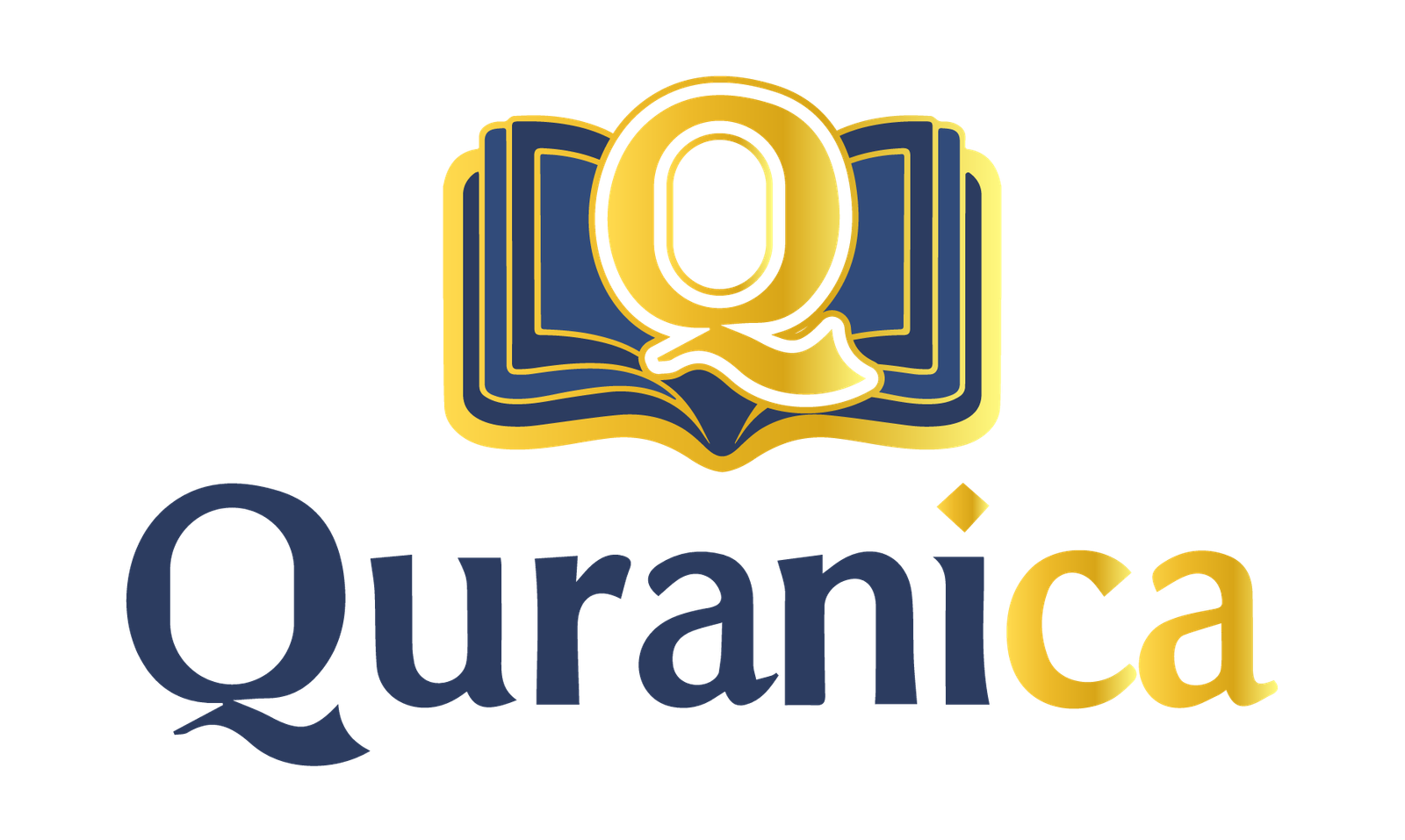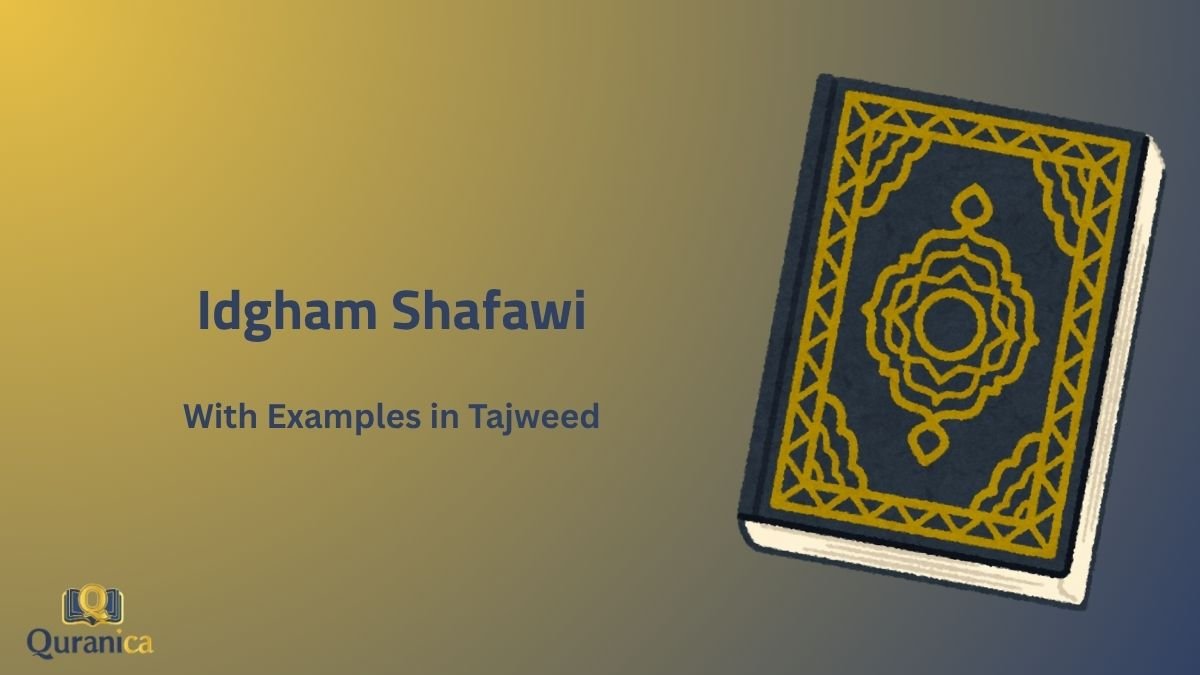Idgham Shafawi (إدغام شفوي) is a special Tajweed rule that applies to the letter Meem Saakinah (مْ) when followed by another Meem with a vowel. Known as “lip-based merging,” this rule blends the two Meems into one sound, pronounced with a shaddah and clear Ghunnah.
As both letters are articulated with the lips, the rule gets its name from “shafatan” (الشفتان)—meaning the lips. In this guide, we explain the rule clearly and provide authentic Idgham Shafawi examples from the Quran to help you identify and apply it during recitation.
Idgham Shafawi
The rules of merging don’t only apply to Noon Saakinah. There is also a specific type of Idgham for a Meem Saakinah (مْ). This is known as Idgham Shafawi (إدغام شفوي) or the “Lip-based Merging.”
The rule is very simple: If a Meem Saakinah (مْ) is followed by a voweled Meem (مَ, مِ, مُ), the two Meems are merged. The first Meem is assimilated into the second, and the second Meem is pronounced with a shaddah and a clear Ghunnah.
It’s called “Shafawi” because both letters involved, Meem (م), are articulated using the lips (الشفتان).
Examples of Idgham Shafawi in the Quran
To see this beautiful rule in action, let’s look at some verses from the Holy Quran. Notice how the first Meem Saakinah flows seamlessly into the second, voweled Meem.
“وَلَكُم مَّا كَسَبْتُمْ”
Wa Lakum-ma kasabtum
“…And for you is what you earned…” (Surah Al-Baqarah, 2:134)
Here, the Meem Saakinah (مْ) at the end of the word لَكُمْ meets the voweled Meem (مَ) in مَّا. The two merge into a single, stressed Meem pronounced with Ghunnah.
“وَءَامَنَهُم مِّنْ خَوْفٍ”
Wa aamanahum-min khawf
“…And made them secure from fear.” (Surah Quraysh, 106:4)
In this example, the Meem Saakinah (مْ) in ءَامَنَهُم is followed by a Meem with a kasrah (مِ) in مِّنْ. The rule is applied, and the two sounds are merged into one Meem with a shaddah and a clear Ghunnah.
Read also: Idgham Taam/Kalmil & Idgham Naqis In Tajweed With Examples
Learn Tajweed with Quranica
The rules of Tajweed, like Idgham, are the keys to unlocking the divine beauty of the Quran’s sound.
It is a trust (amanah) upon us to recite the words of Allah as they were revealed. Reading is good, but reciting correctly and beautifully is the goal.
At Quranica, we believe that every student deserves to learn from the best. Our instructors are not just tutors; they are inheritors of a sacred tradition.
- Learn Quran with Tajweed (for all levels)
- Quran Memorization (Hifz) Programs
- Ijazah Course
- Islamic Studies
- Ten Qirat
- Arabic Lessons for Beginners
Explore our full range of courses.
Join a Quranica course today!

Conclusion:
Understanding and applying Idgham Shafawi enhances the fluency and beauty of your recitation. Whether it’s in “Wa lakum-ma kasabtum” or “hum-min khawf,” the merging of the Meem letters with Ghunnah is a subtle yet powerful aspect of Tajweed.
At Quranica, we go beyond theory—offering structured courses, expert instructors, and practical tools to help you recite the Quran as it was revealed. Start your journey with us today and take your Tajweed skills to the next level.








0 Comments